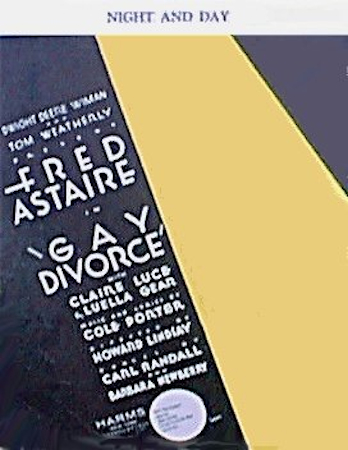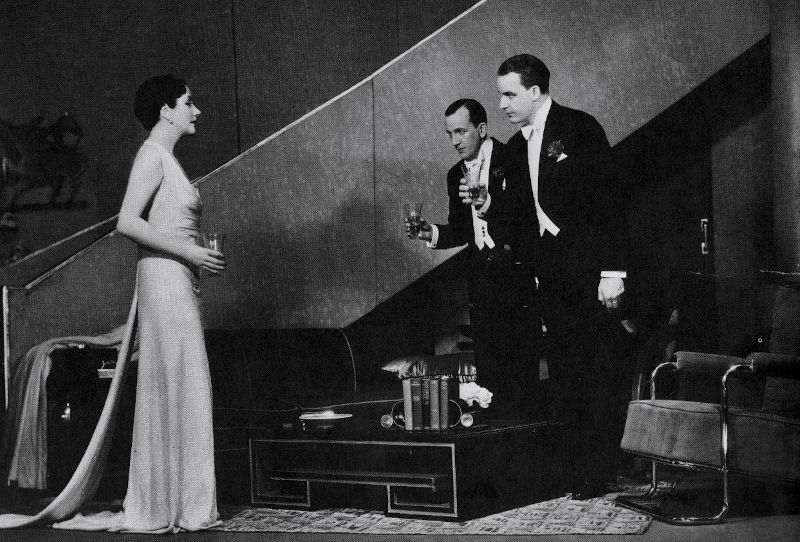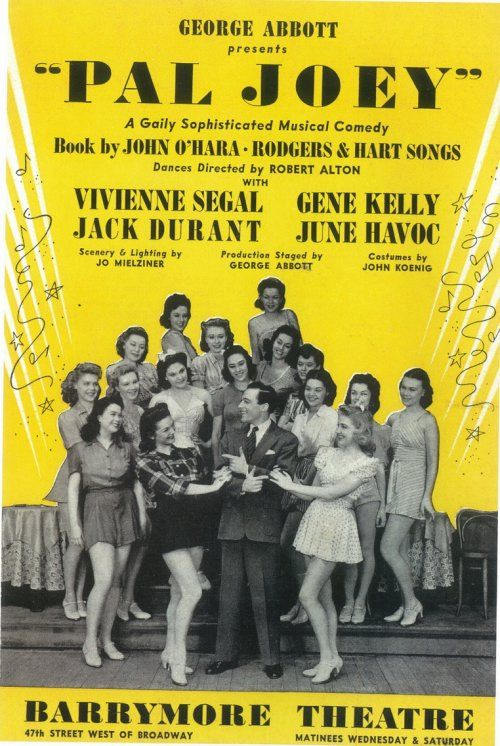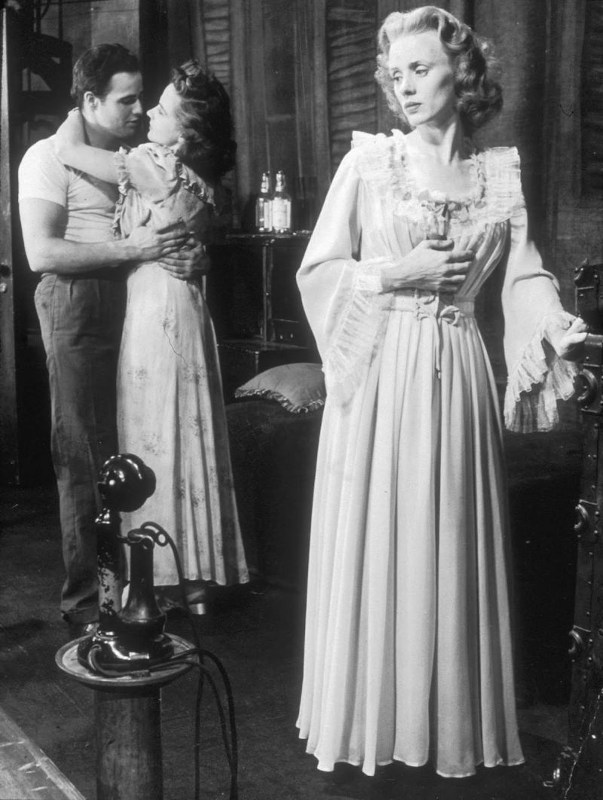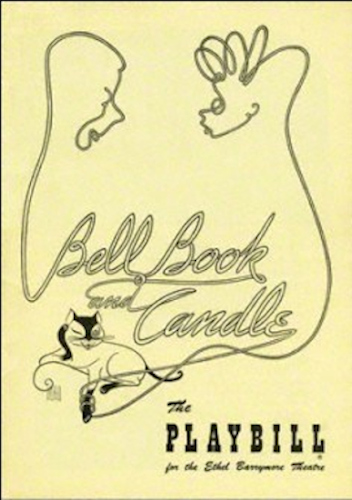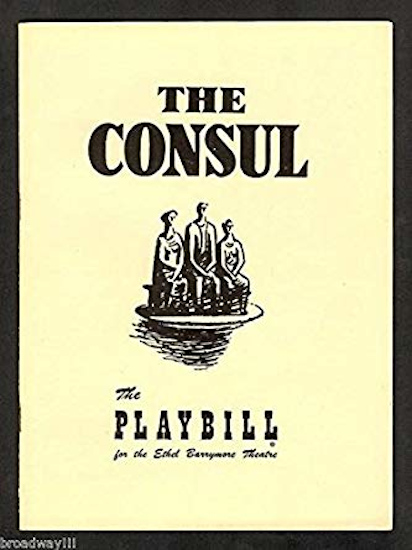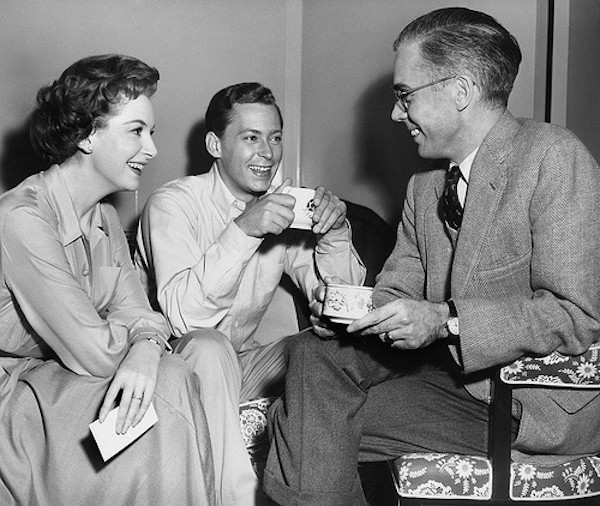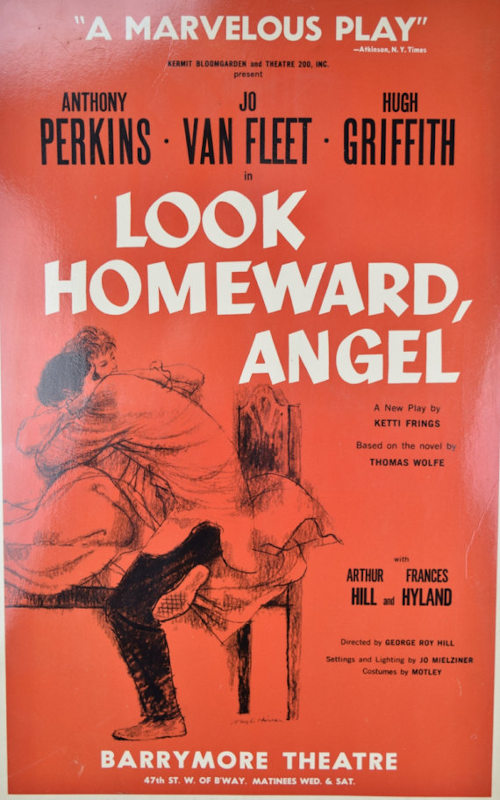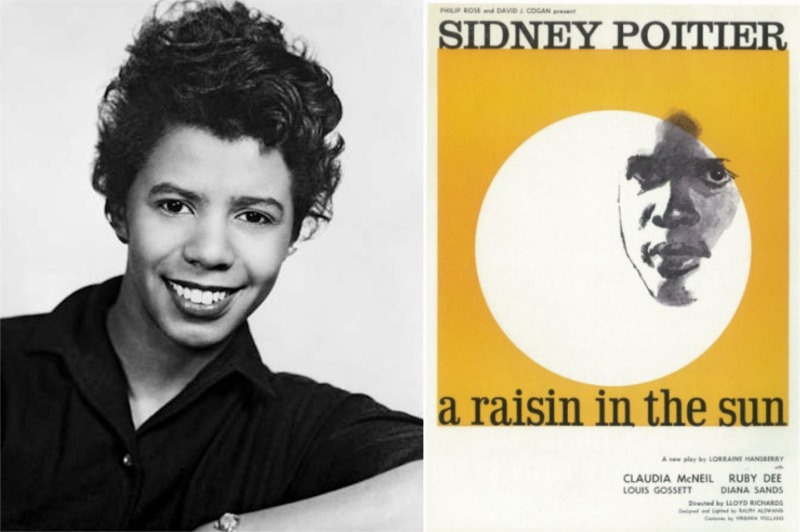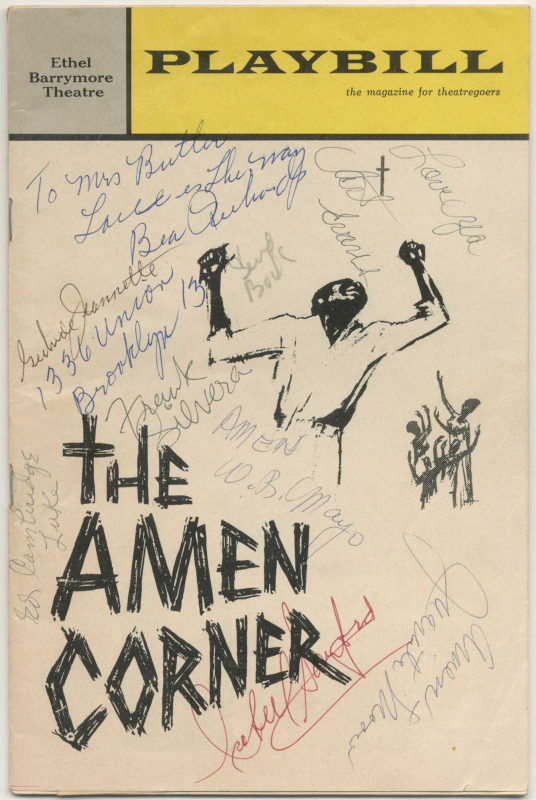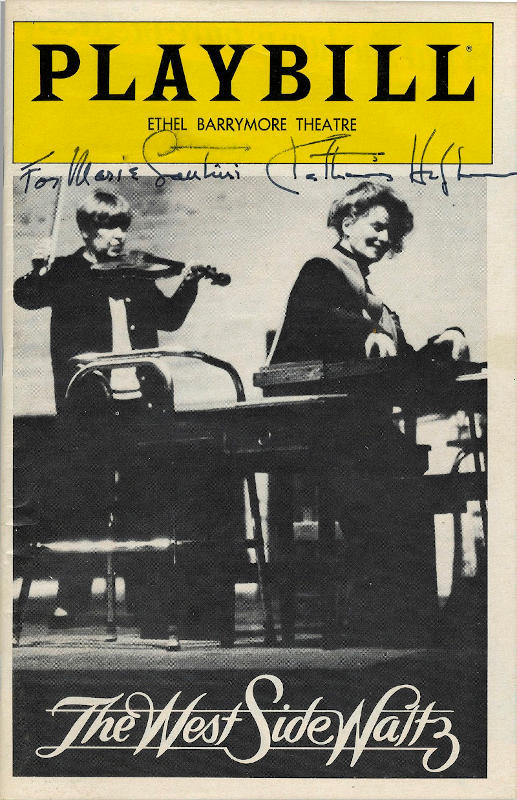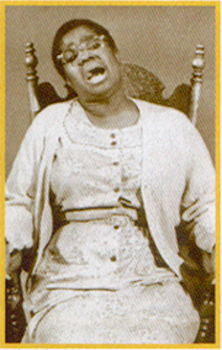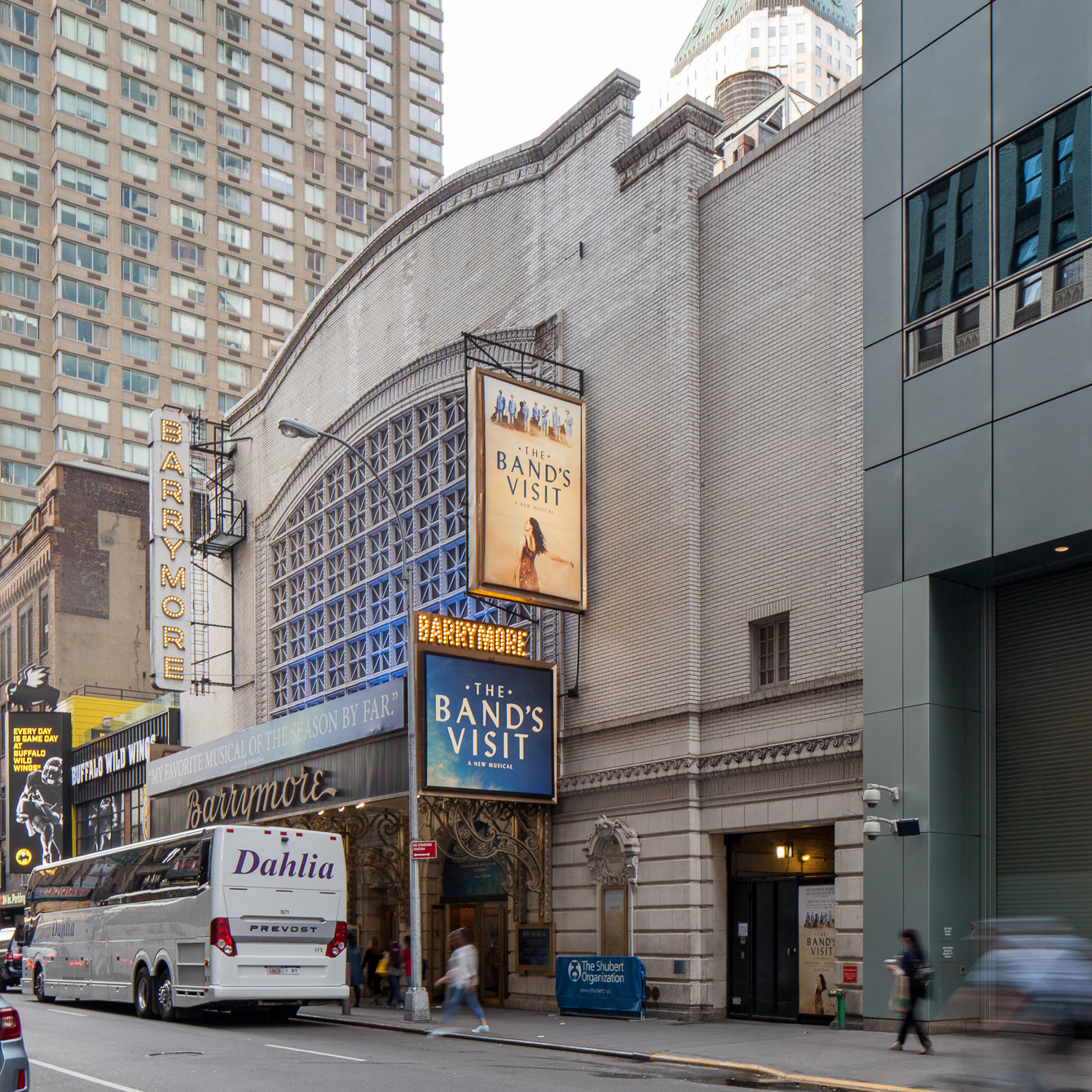
Ethel Barrymore Theater
overview
Opened in 1928, the Ethel Barrymore Theater has staged multiple productions involving major LGBT performers and creators, including Noel Coward, Katharine Cornell, Tennessee Williams, James Baldwin, Montgomery Clift, John Van Druten, and Cynthia Nixon, among others.
Premiering here in 1959 was Lorraine Hansberry’s groundbreaking play A Raisin in the Sun, the first work on Broadway (for an extended run) by an African American woman and winner of the New York Drama Critics’ Circle Award.
History
Early 20th-century censors, excited about “controversial” subjects being explored in New York’s theaters, focused mainly on sexuality – in particular, homosexuality and interracial relationships. In 1927, the New York Legislature passed the Wales Padlock Law, which made it illegal “depicting or dealing with, the subject of sex degeneracy, or sex perversion,” and offending theaters could be closed. (Similarly, Hollywood movies were subjected to the infamous Motion Picture Production (Hays) Code of 1930.)
Although the New York law was not often enforced, and was protested by the theater community, it had a huge and censorious effect on the Broadway stage. Despite the law, which remained on the books until 1967, lesbian and gay characters did manage to make it to Broadway, often in the works of lesbian and gay playwrights.
At the Ethel Barrymore Theater, for instance, there were a number of important productions with subtle gay themes:
- Design for Living (1933) by Noel Coward (who also performed in it), and with actors Alfred Lunt and Lynn Fontanne
- A Streetcar Named Desire (1947), a big hit by Tennessee Williams, with actor Marlon Brando (winner of the Pulitzer Prize and New York Drama Critics’ Circle Award)
- Bell, Book and Candle (1950-51) by John Van Druten
- Tea and Sympathy (1953-55), a big hit by Robert Anderson, and with actor Anthony Perkins as a replacement in the lead role
Other LGBT-associated productions that were big hits at the Barrymore included:
- Bird in Hand (1929, opened at the Booth Theater), with actor Jill Esmond
- The Women (1936-38), with actor Marjorie Main
- Look Homeward Angel (1957-59), with actor Anthony Perkins
- A Raisin in the Sun (1959-60), by Lorraine Hansberry, the groundbreaking, hit play that premiered here as the first work on Broadway (for an extended run) by an African American woman (New York Drama Critics’ Circle Award)
- I Love My Wife (1977-79), with book and lyrics by Michael Stewart
- Rumors (1989-90, opened at the Broadhurst Theater), with scenic design by Tony Straiges, and lighting design by Tharon Musser
- The Sisters Rosensweig (1993-94), with scenic design by John Lee Beatty and lighting design by Pat Collins
- The Tale of the Allergist’s Wife (2000-02) by Charles Busch
Other shows by LGBT creators and with LGBT performers at the Barrymore also included:
- The Love Duel (1929), adapted by Zoe Akins
- Scarlet Sister Mary (1930), with costume design by Orry-Kelly, and with actor Marjorie Main
- The Truth Game (1930-31), by and with Ivor Novello
- There’s Always Juliet (revival, 1932), written and staged by John Van Druten
- Gay Divorce (1932-33), with music and lyrics by Cole Porter
- Jezebel (1933-34), staged by Guthrie McClintic
- Divided by Three (1934), staged by Guthrie McClintic, and with actor Judith Anderson
- Jigsaw (1934), with actor Spring Byington
- Point Valaine (1935), written and staged by Noel Coward, and with actors Alfred Lunt, Lynn Fontanne, and Louis Hayward
- Parnell (1935-36), staged by Guthrie McClintic
- Night Must Fall (1936), written and directed by Emlyn Williams (who also performed in it)
- Bury the Dead/ Prelude (1936), with actor Will Geer
- Key Largo (1939-40), staged by Guthrie McClintic
- No Time for Comedy (1939), staged by Guthrie McClintic, with actors Katharine Cornell and Laurence Olivier
- Pal Joey (1940-41), with lyrics by Lorenz Hart, and with actor Van Johnson
- Best Foot Forward (1941-42), with costume design by Miles White
- Count Me In (1942), with costume design by Irene Sharaff and with actor Jean Arthur
- The Three Sisters (revival, 1942-43), staged by Guthrie McClintic, and with actors Judith Anderson and Katharine Cornell
- The Perfect Marriage (1944-45), with scenic design by Oliver Smith
- Rebecca (1945) by Daphne Du Maurier
- Foxhole in the Parlor (1945, opened at the Booth Theater), with actor Montgomery Clift
- The Barretts of Wimpole Street (revival, 1945), directed by Guthrie McClintic, and with actor Katharine Cornell
- The Duchess of Malfi (1946), adapted by W.H. Auden, and with costume design by Miles White
- The Telephone/ The Medium (1947), with book, music and lyrics by Gian Carlo Menotti (who also staged it)
- The Consul (1950), with book, music and lyrics by Gian Carlo Menotti (who also staged it), and musical coordination by Thomas Schippers
- I’ve Got Sixpence (1952), written and staged by John Van Druten
- Misalliance (revival, 1953), directed by Cyril Ritchard, and with actor Roddy McDowall
- The Desperate Hours (1955), with actor George Grizzard
- The Chalk Garden (1955-56), with scenic and costume design by Cecil Beaton
- The Hostage (1960, opened at the Cort Theater) by Brendan Behan
- The Complaisant Lover (1961-62), with actors Michael Redgrave and Sandy Dennis
- The Irregular Verb to Love (1963), directed by Cyril Ritchard, and with actors Claudette Colbert, Ritchard, and Robert Drivas
- The Amen Corner (1965) by James Baldwin
- The Seven Descents of Myrtle (1968) by Tennessee Williams, and with actor Brian Bedford
- Black Comedy/ White Lies (1967) by Peter Shaffer and directed by John Dexter
- Noel Coward’s Sweet Potato (1968), with book, music and lyrics by Noel Coward, and with actor George Grizzard
- Inner City (1971-72), conceived and directed by Tom O’Horgan, with future LGBT rights icon Harvey Milk as his assistant, and with actor Linda Hopkins (Best Featured Actress in a Musical Tony Award)
- The Philanthropist (1971), with actor Alec McCowen
- Holiday (revival, 1973-74), with actor John Glover
- Noel Coward in Two Keys (1974) by Noel Coward, with scenic and lighting design by William Ritman
- Romantic Comedy (1979-80), with actor Anthony Perkins
- Lunch Hour (1980-81), with scenic design by Oliver Smith
- West Side Waltz (1981), with actor Katharine Hepburn
- Baby (1983-84), with scenic design by John Lee Beatty and lighting design by Pat Collins
- Hurlyburly (1984-85), with actor Cynthia Nixon
- Lettuce and Lovage (1990) by Peter Shaffer
- Mule Bone (1991) by Langston Hughes and Zora Neale Hurston, and with costume design by Lewis Brown
- A Streetcar Named Desire (revival, 1992) by Tennessee Williams
- Indiscretions (1995) by Jean Cocteau, and with actors Rogers Rees and Cynthia Nixon
- An Ideal Husband (revival, 1996-97) by Oscar Wilde
- Amy’s View (1999), with scenic and costume design by Bob Crowley
- Putting It Together (1999-2000), with music and lyrics by Stephen Sondheim, musical staging by Bob Avian, scenic and costume design by Bob Crowley, and with actor John Barrowman
Entry by Jay Shockley, project director (February 2018, with multiple additions).
NOTE: Names above in bold indicate LGBT people.
Building Information
- Architect or Builder: Herbert J. Krapp
- Year Built: 1928
Sources
“The 1st List of: Gay/Lesbian/Bi Industry People, Both in Front and Behind the Camera,” www.imdb.com, May 31, 2013.
Adam Hetrick, “The Work of Broadway’s Gay and Lesbian Artistic Community Goes on Display Nov. 14 When the Leslie/Lohman Gay Art Foundation Gallery Presents ‘StageStruck: The Magic of Theatre Design’,” Playbill, November 14, 2007.
Barrymore Theater Designation Report (New York: Landmarks Preservation Commission, 1987).
Internet Broadway Database.
Kaier Curtin, “We Can Always Call Them Bulgarians”: the Emergence of Lesbians and Gay Men on the American Stage (Boston: Alyson Publications, 1987).
Do you have more information about this site?
This project is enriched by your participation! Do you have your own images of this site? Or a story to share? Would you like to suggest a different historic site?
